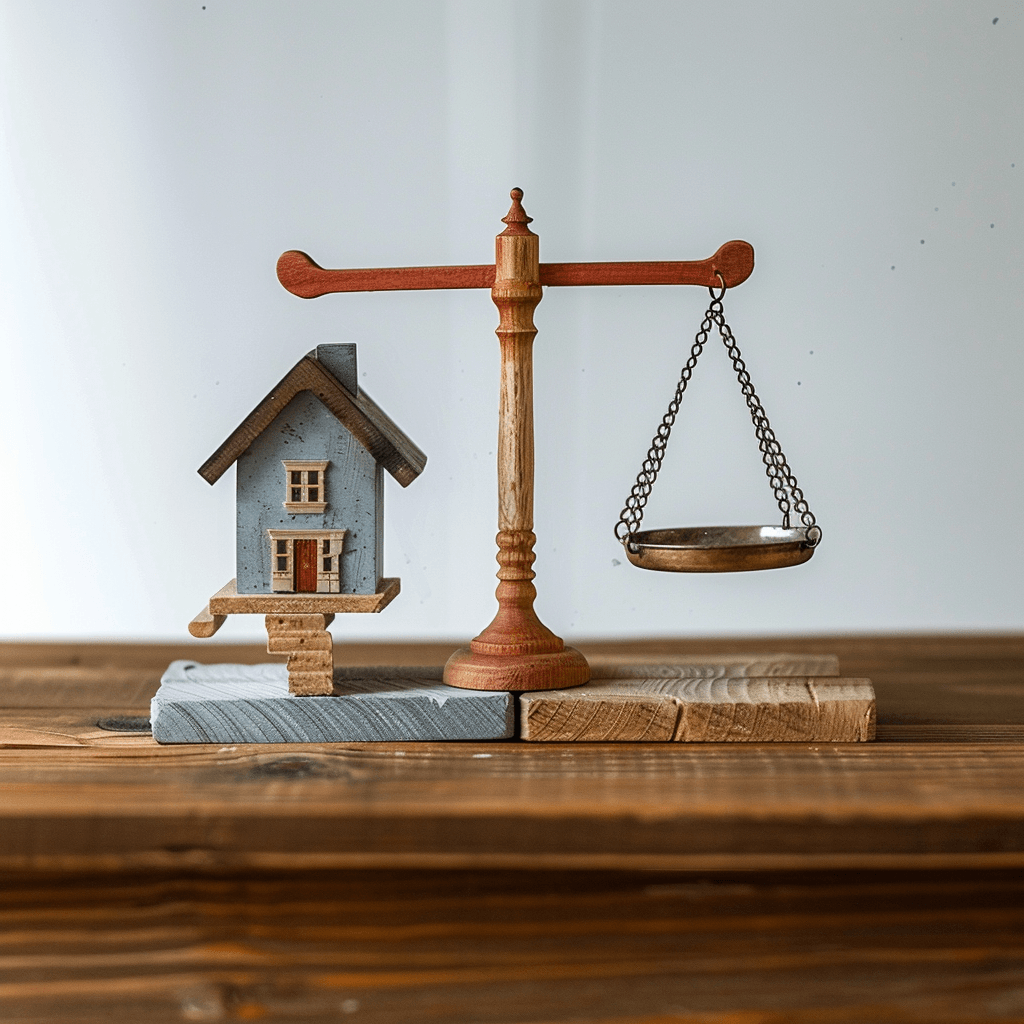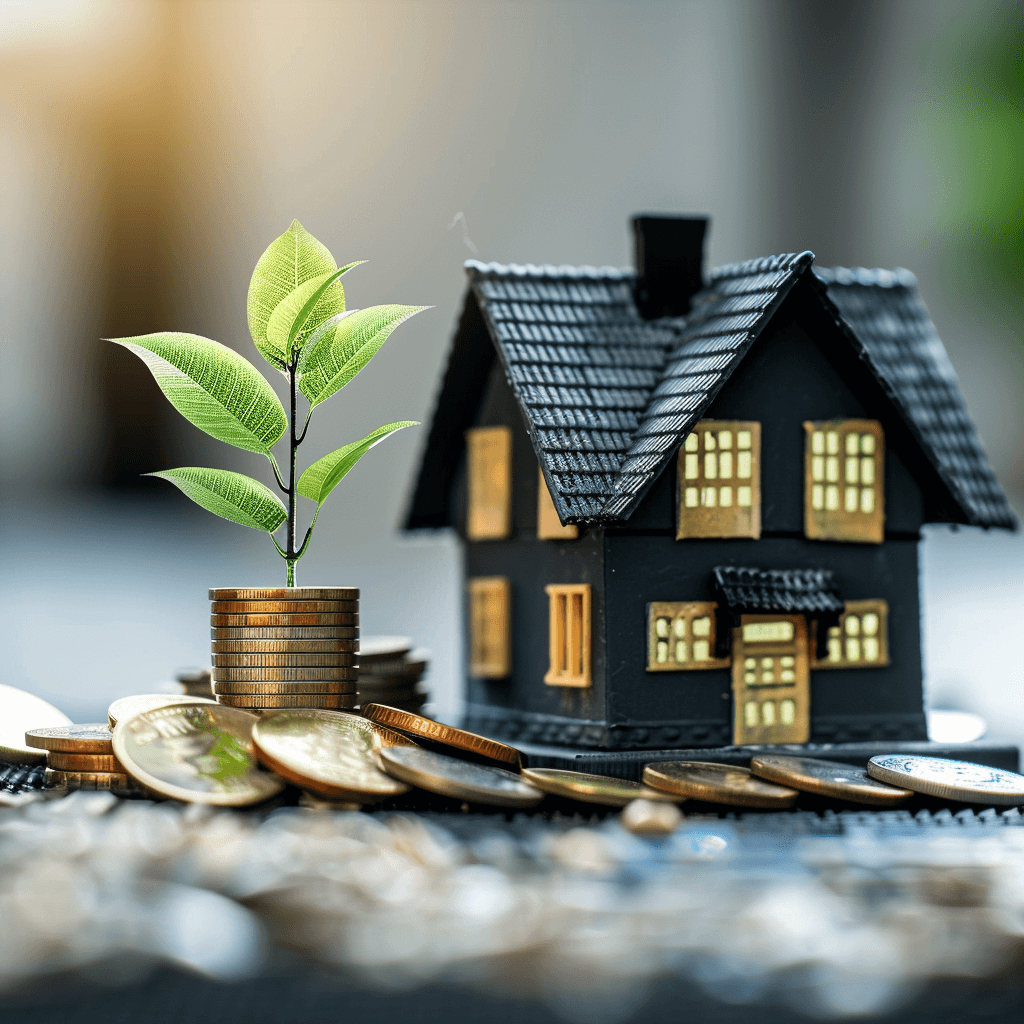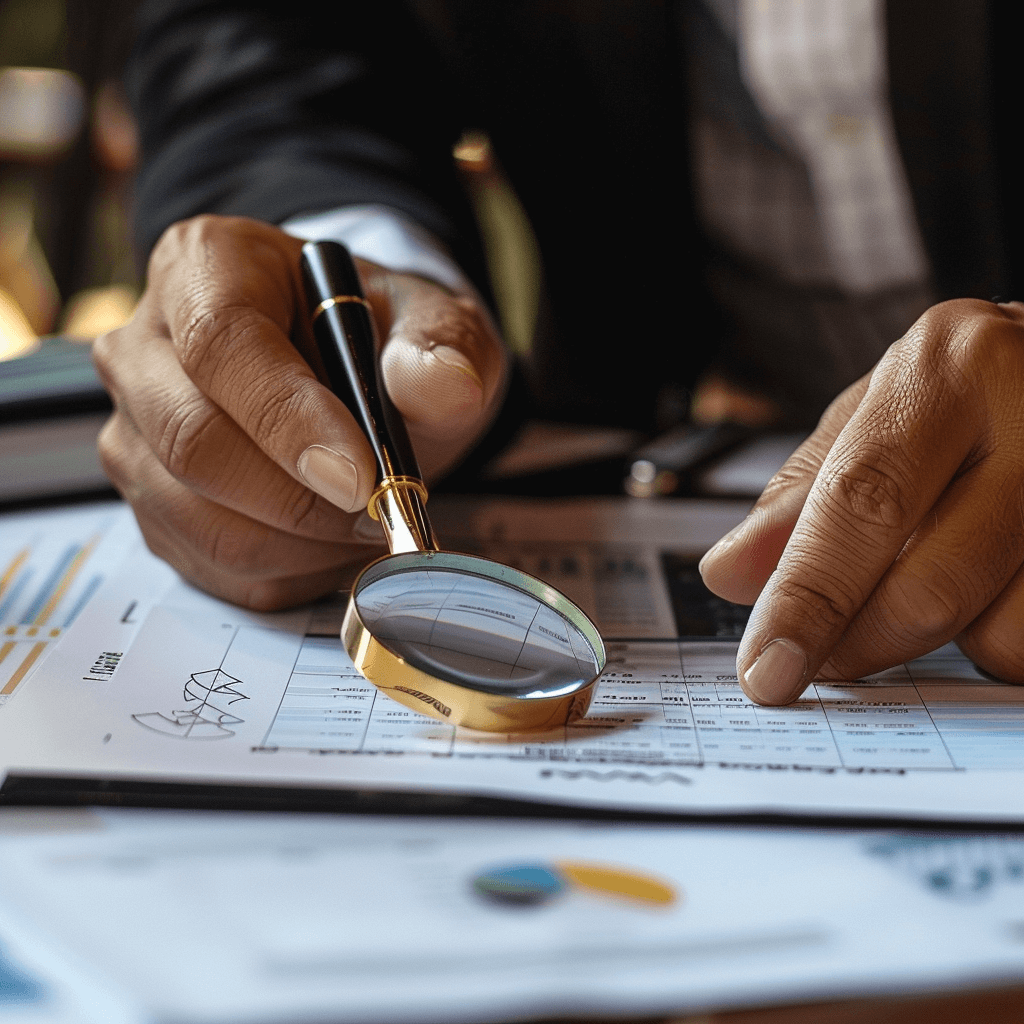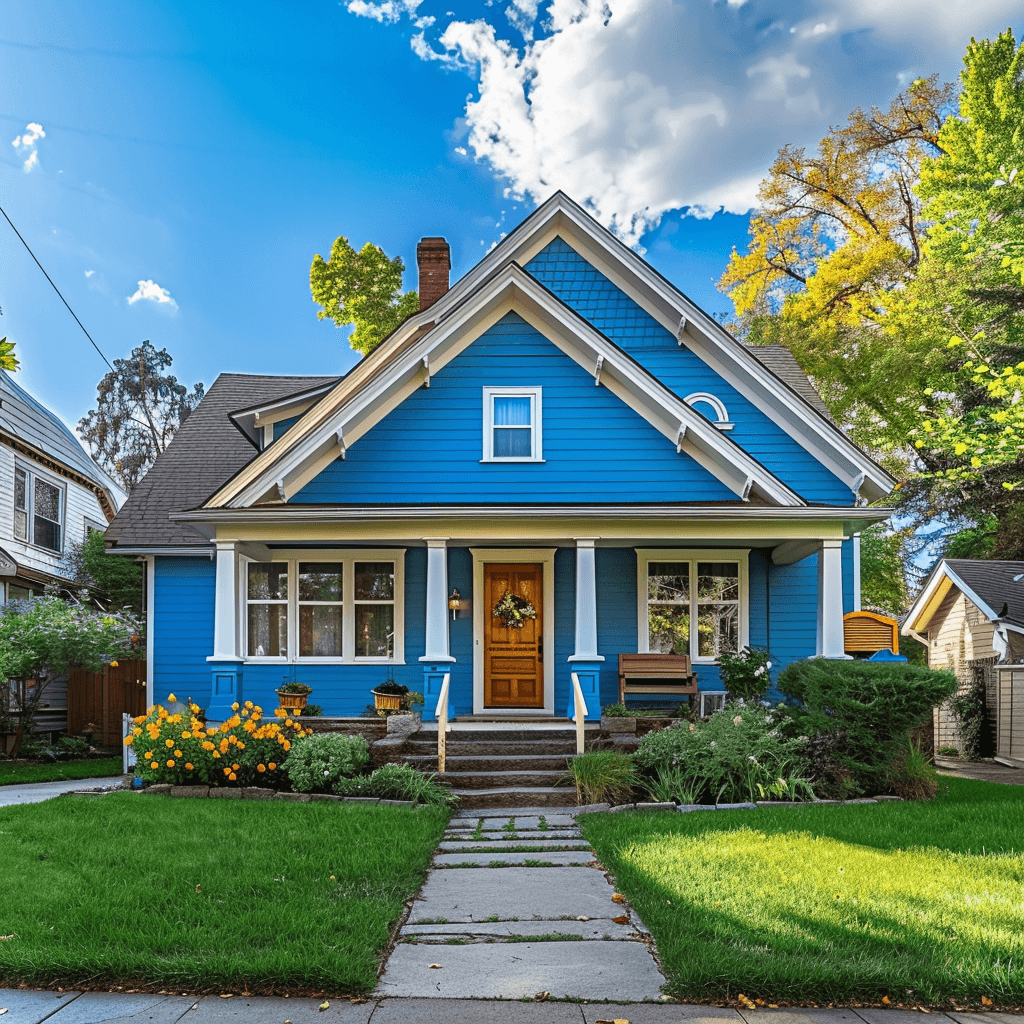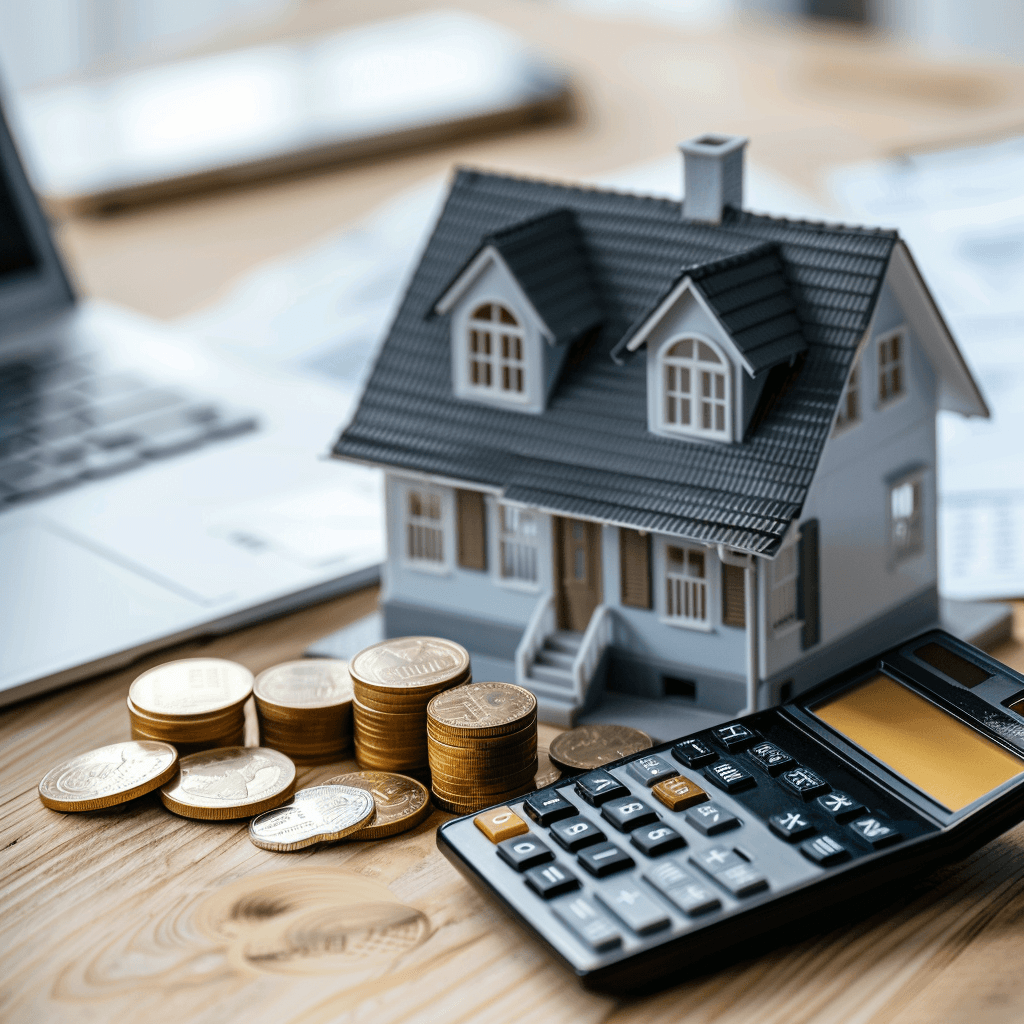If you’re looking at investing in property with a focus on rent, rather than capital gains, one thing that you’ve got to assess before making your move is the cash flow.
Buying a rental property without having calculated the cash flow is like accepting a job without knowing the salary. Sure, it may all look good on paper – but how much cash is it going to generate you, and will it be worth your time?
That’s why the team at Patrick Leo are here to help, explaining how to calculate cash flow on a rental property in 5 simple steps:
1) Project the income
Projecting the effective gross income (EGI) of a property is up there with one of the most important factors of calculating property cash flow. This one’s quite simple: imagine your rental property is rented out for $500 per week, or $26,000 per year. Then, deduct the average vacancy rate of the suburb (right now, it’s a very hot market, so we’ll say 1.8%). This would make it $468 lost due to potential vacancy, making the EGI a total of $25,532.
2) Identify gross expenses
But, it’s not over there. There are expenses to pay for! These include:
- Property tax
- Insurance
- Property management fees
- Strata
- Council rates
- Maintenance and repairs (around 2-5% of annual rent)
Every property is different in terms of gross expenses, so calculate yours to ensure your cash flow calculation is correct.
3) Calculate net operating income (NOI)
NOI is just a fancy term for the sum you get when you deduct gross expenses from effective gross income of a rental property. Let’s say the gross expenses come to $3,000, while the EGI is $25,532, as used in the previous example. This leaves us with an NOI of $21,532.
4) Subtracting the debt
Now, it’s time to subtract any annual debt from your net operating income. This step is one of the most important; it allows you to calculate how much money to put down and identify how much to spend on a property to meet your investing goals. With this in mind, it actually determines whether or not it’s viable for you to invest in a certain property.
5) Analysis
With these figures in mind, you’re ready to make an accurate calculation of a rental property’s cash flow. Once the calculation has been made, ask yourself questions like whether the property is cash flow positive, what the cap rate looks like and whether it meets your investing goals.
For every property that meets your criteria, the Patrick Leo team diligently prepares a complimentary, personalized Cash Flow analysis. We offer detailed cash flow projections, not just as a courtesy but as a testament to our belief in the transparency and truth of numbers.
Want expert advice on buying a rental property that suits your needs? Talk to the specialists at Patrick Leo property investors. Patrick Leo is Australia’s best team of property investing experts. Our goal is simple: to get to know our buyers and pair them with high-quality properties that are aligned with their financial objectives. We work to increase your wealth, independence and happiness. Get in touch with the experts at Patrick Leo today.



